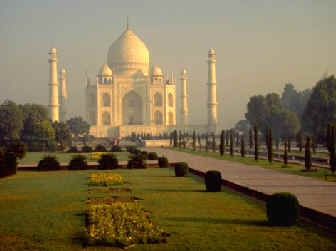 India, the land of the
Taj Mahal, the Himalayas, the mighty Ganga. The land of lumbering elephants and spicy
curries. The land where camels stare superciliously at women dressed in swathes of bold,
bright clothes that billow in the hot summer winds. India, the land of smiling faces.
These images are what most people see as India, for information about this vast
subcontinent is dispersed in the west via glossy holiday brochures and geography
textbooks, both prone to stereotyping. The media on the other hand is intent on portraying
India as the Third World, the land of natural calamities and social corruption. But there
is more to India than meets the eye. India, the land of the
Taj Mahal, the Himalayas, the mighty Ganga. The land of lumbering elephants and spicy
curries. The land where camels stare superciliously at women dressed in swathes of bold,
bright clothes that billow in the hot summer winds. India, the land of smiling faces.
These images are what most people see as India, for information about this vast
subcontinent is dispersed in the west via glossy holiday brochures and geography
textbooks, both prone to stereotyping. The media on the other hand is intent on portraying
India as the Third World, the land of natural calamities and social corruption. But there
is more to India than meets the eye.India has
long been afflicted with a burgeoning population. The population of India has already
crossed the 1 billion mark. Of these, 40% live in absolute poverty, where they cannot get
even one square meal a day. Life in rural areas, where 70% of the people live off the
land, is fast becoming unsustainable. The country already has 129.78 million hectares of
wasteland, of which 27.68% is degraded forest land and 72.32% is degraded non-forest land.
The exponential rise in population has had severe negative ecological impacts.
The increasing demand for food, fuel and fodder has led to
large scale environmental degradation. Rapid deforestation has in turn not only led to
climatic changes, but also led to severe erosion resulting in sedimentation rivers causing
recurrent flood and increasing desertification. It has been estimated that in 35-40 years
the population of India will need twice the resources it needs today. India and the world
is headed for what has been called an “eco-catastrophe of unbelievable proportions
unless something is done, and done soon. The need of the hour is thus sustainable
development through proper natural resources management.
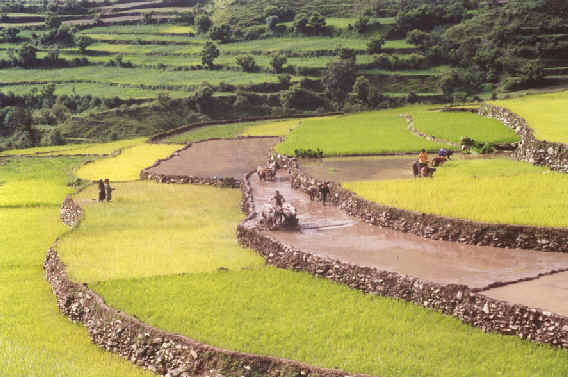
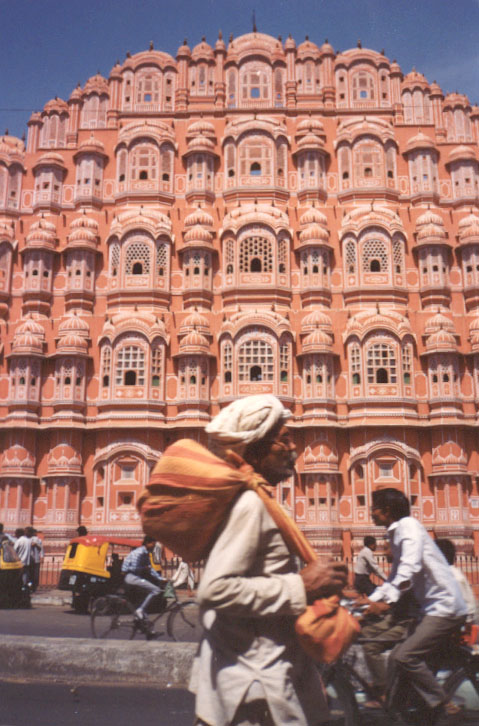 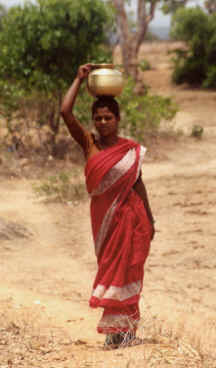 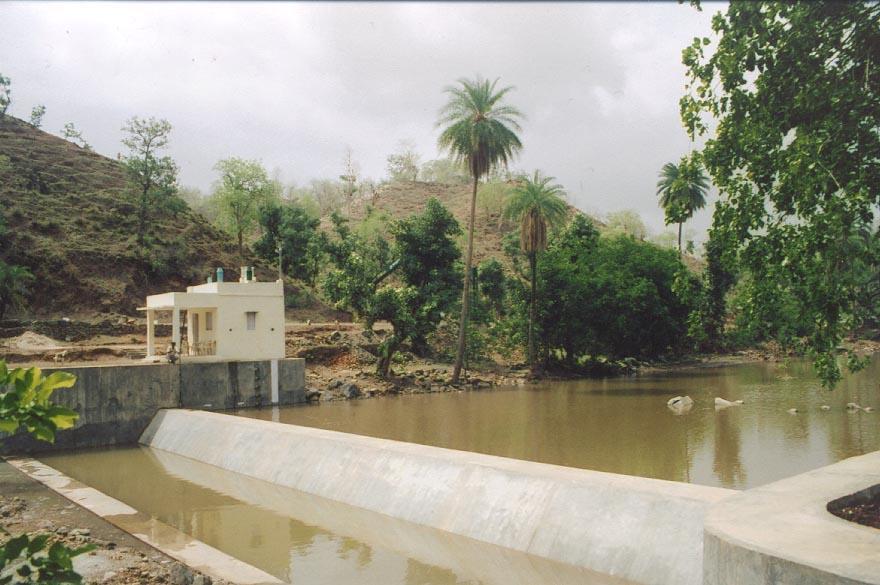
 India Profile
India Profile
Official Name: Republic of India
Capital : New Delhi.
Area : 3.3 million sq km.
Climate : varies from tropical monsoon in south to temperate in north.
Terrain: upland plain (Deccan Plateau) in south, flat to
rolling plain along the Ganges, deserts in west, Himalayas in north.
Neighbours :Countries having a common
border with India are: Pakistan and Afghanistan to the
north-west, China, Nepal and Bhutan to the north, Myanmar and Bangladesh to the east. Sri
Lanka is separated from the southernmost tip of India by a narrow channel of sea formed by
the Palk Strait and the Gulf of Mannar.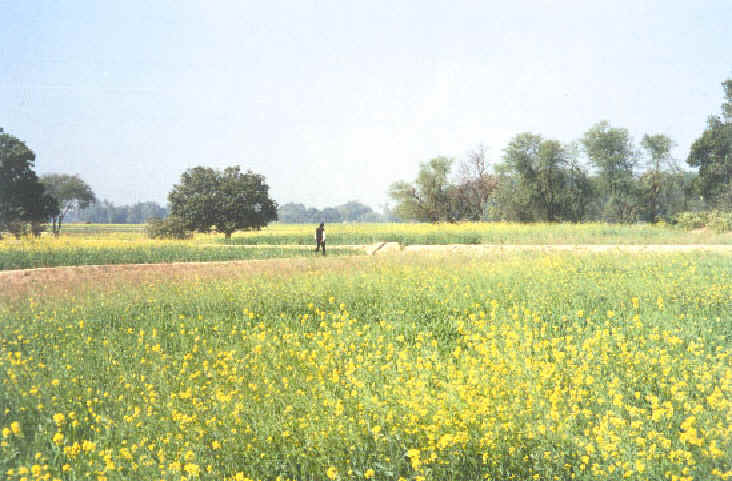
Major cities/towns :The traditional 4 metros are Delhi, Bombay (now Mumbai),
Calcutta (now Kolkata) and Madras (now Chennai). Other cities like Pune, Hyderabad,
Bangalore, Lucknow, Ahmedabad, etc. are rapidly developing into major centres of commerce
and industry.
Population : 1.027billion (2001).
Ethnic groups: Indo-Aryan 72%, Dravidian 25%, Mongoloid and
other 3%.
Religions : India is a secular country and has no state religion. Major religions
represented in India include Hinduism (82%), Islam (12%), Christianity (2.3%), Sikhism
(1.9%), Buddhism (0.8%) and Jainism (0.4%).
Currency : Rupees (One Rupees =100
paise).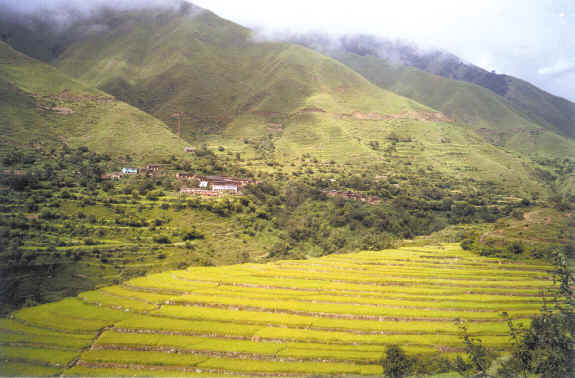
Official Languages : Hindi is the official language, and English is widely used
as a link language. In addition, there are 17 major languages and about 844 dialects.
Political System : Multi-party parliamentary democracy, based on universal adult
franchise.
Government type: federal republic.
Agriculture :Rice, wheat, coarse cereals, cotton, jute,
sugarcane, oilseeds, pulses, a variety of fruits and vegetables, plantation crops (tea,
coffee, various spices etc.), herbal and medicinal crops; animal husbandry and food
processing.
Mineral resources : Coal, crude oil, natural gas, iron ore, bauxite, limestone,
manganese ore, magnesite, chromite, copper ore, zinc, lead, gold, mica, gypsum, tungsten,
barites, graphite, dolomite, kaolin, phosphates and many more, with considerable reserves
yet to be exploited in most cases.
... more
For
more information on India you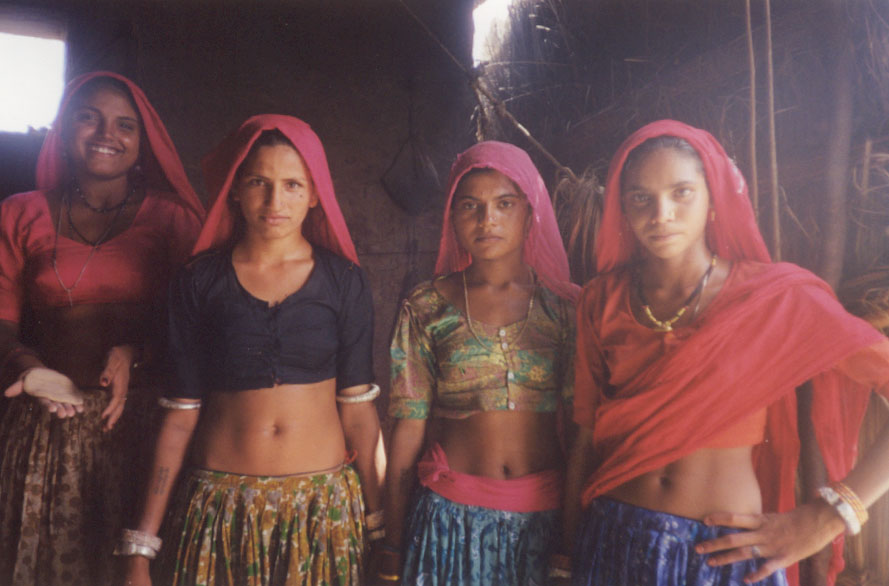 can browse the following websites :
can browse the following websites :
|
